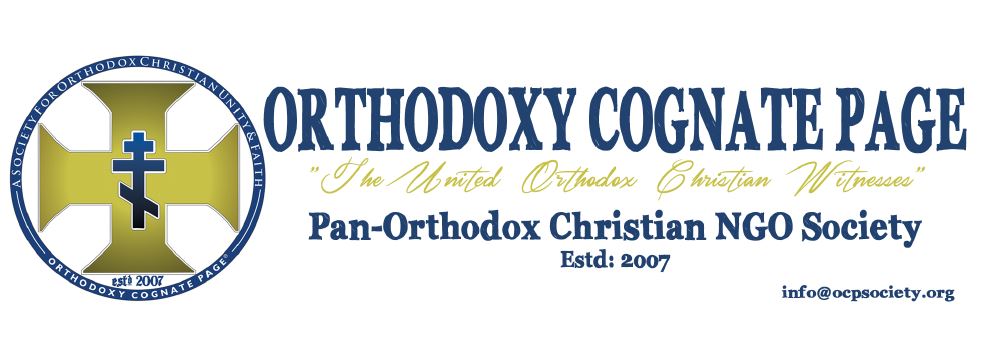Serbia marks 14th anniversary of NATO bombing

A heating plant in New Belgrade is seen after being hit by NATO missiles (Tanjug, file)

A destroyed bridge in Novi Sad (Tanjug, file)

The Interior Ministry (MUP) headquarters in downtown Belgrade are seen in flames (Tanjug, file)
24/3/13
BELGRADE — Today marks the 14th anniversary since the start of the NATO bombing campaign against Serbia, i.e. the former Federal Republic of Yugoslavia (SRJ).
The bombing lasted 79 days and resulted in at least 2,500 deaths and more than 12,500 injuries.
The attacks on Serbia started on March 24, 1999, and the last one took place near Kosovska Kamenica on June 10 at 13:15 CET.
The death toll among the military and police forces reached 1,008, including 659 soldiers and 349 policemen. Around 6,000 civilians were injured, including 2,700 children.
The total damage was estimated at dozens of billions of dollars. NATO has never disclosed its losses.
“The NATO forces killed 631 members of the Serbian Armed Forces, while 28 went missing, which means that the total number is 659, including 72 officers, 41 noncommissioned officers, 18 contract soldiers, 191 conscripts, 245 reservists, 60 military volunteers and three civilians in the army,” Serbian Defense Minister Aleksandar Vučić stated in the Serbian parliament on February 11, 2013.
According to earlier data, 5,173 soldiers and policemen were injured.
The decision to attack Yugoslavia was the first in history to be made without the approval of the UN Security Council, and the order was given to U.S. General Wesley Clark, the allied commander at the time, by NATO Secretary General Javier Solana.
Later on, in his book “Waging Modern War”, Clark revealed that the plans for the air strikes against Yugoslavia were well under way in mid-June 1998 and completed in late August that year.
Yugoslavia was attacked under the pretext of failure of the talks on the future status of the southern Serbian province of Kosovo, held in Rambouillet and Paris.
After the decision on non-acceptance of foreign troops was ratified by the Serbian parliament, which proposed the UN forces to monitor a peaceful resolution of conflicts in Kosovo, NATO launched air raids on March 24, 1999 at 19:45 CET.
The 19-member Alliance launched projectiles from ships in the Adriatic Sea and four military bases in Italy, all with the support of strategic operators who took off from the basis in Western Europe and latter in the U.S. The first targets were barracks and air defense forces in Batajnica, Mladenovac, Priština and other locations.
There is practically no city in Yugoslavia which was not targeted on a number of occasions during the 11-week campaign.
The bombing caused damage to 25,000 houses and apartment buildings and destroyed 470 kilometers of roads and 595 kilometers of railway tracks. A total of 14 airports were damaged, as well as 19 hospitals, 20 healthcare centers, 18 kindergartens, 69 schools, 176 cultural monuments and 44 bridges, while 38 more were completely destroyed.
After the decision on non-acceptance of foreign troops was ratified by the Serbian parliament, which proposed the UN forces to monitor a peaceful resolution of conflicts in Kosovo, NATO launched air raids on March 24, 1999 at 19:45 CET.
The 19-member Alliance launched projectiles from ships in the Adriatic Sea and four military bases in Italy, all with the support of strategic operators who took off from the basis in Western Europe and latter in the U.S. The first targets were barracks and air defense forces in Batajnica, Mladenovac, Priština and other locations.
There is practically no city in Yugoslavia which was not targeted on a number of occasions during the 11-week campaign.
The bombing caused damage to 25,000 houses and apartment buildings and destroyed 470 kilometers of roads and 595 kilometers of railway tracks. A total of 14 airports were damaged, as well as 19 hospitals, 20 healthcare centers, 18 kindergartens, 69 schools, 176 cultural monuments and 44 bridges, while 38 more were completely destroyed.

[…] Read the full news: Serbia marks 14th anniversary of NATO bombing […]